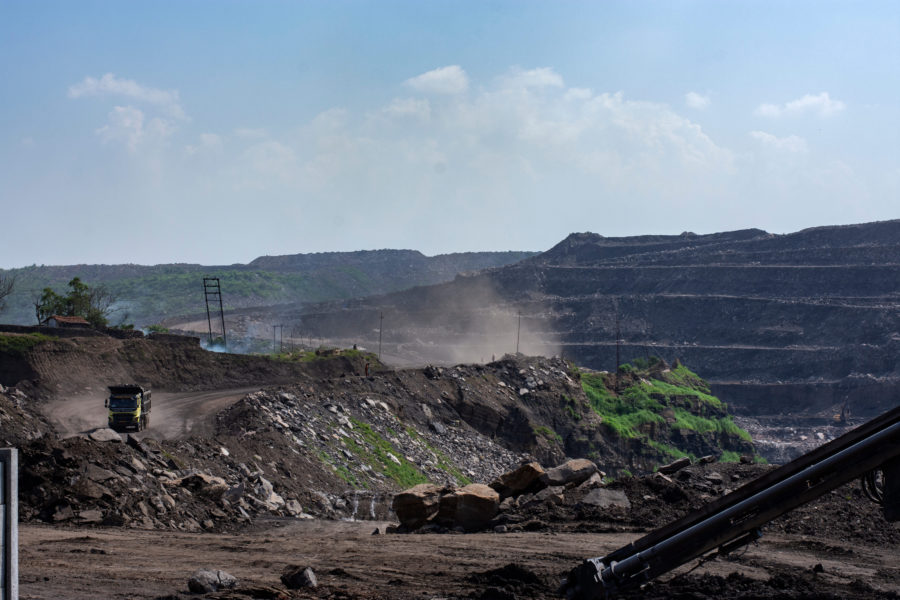Supreme Court of Canada rules federal environmental impact law is unconstitutional

A federal environmental law that regulates natural-resource projects in the provinces is unconstitutional, the Supreme Court ruled 5-2 on Friday.
The Impact Assessment Act took effect in August, 2019. It enables Ottawa to regulate energy, mining and other project proposals based on effects that fall into federal jurisdiction – such as on Indigenous peoples, birds, fish, and climate change.
Alberta referred the question of the law’s constitutionality to the province’s Court of Appeal, which ruled 4-1 last year that the law violated provincial jurisdiction. The federal government appealed the ruling to the Supreme Court.
The Supreme Court majority said that, while federalism – the sharing of power between Ottawa and the provinces – includes co-operation and flexibility, courts should not erode the constitutional balance of the Canadian federal state.
After analyzing the complex workings of the 2019 law, the majority said it gives federal authorities the power to place a project permanently on hold for reasons that go beyond effects within federal jurisdiction. In essence, it said that instead of simply assessing adverse effects, it would be deciding whether a project as a whole is in the public interest. And that, said the majority, is “an unconstitutional arrogation of power by Parliament.”
As a hypothetical example, it set out a mining project with negative effects on fisheries. The mining project is provincial, the fisheries a federal responsibility. The potential harm to the fishery “serves as the gateway to making a decision about the public interest in the project as a whole,” Chief Justice Richard Wagner wrote. He was joined by the lone Alberta judge on the court, Justice Sheilah Martin, and Justice Malcolm Rowe, Justice Suzanne Côté and Justice Nicholas Kasirer.
The dissenters – Justice Andromache Karakatsanis and Justice Mahmud Jamal, the only two Ontario judges among the seven who heard the case – stressed the importance of a flexible approach to federalism and the environment, and said courts should presume the law will be administered in accordance with the constitution’s division of powers, and not find it unconstitutional because it could conceivably be misused.
Because the ruling came in a reference case – a case in which a province asked for an opinion – the ruling is considered advisory, rather than binding. But advisory rulings from the Supreme Court carry great weight and in practice shape government policy.
The case was about the basic rules of the Canadian federation, as established in the country’s founding 1867 constitution, and in additions made in 1982. The 1867 constitution did not spell out whether Ottawa or the province is responsible for environmental protection, but gave control over property and civil rights to the provinces. In 1982, new provisions in the constitution gave provinces control over natural-resource projects. The Supreme Court said the environment is a shared responsibility.
The importance of the case is reflected by the near-record 29 intervenors participating, including seven provinces. Quebec and Ontario were among those who opposed the law. The majority in the Alberta Court of Appeal ruling called the Impact Assessment Act an “existential threat. . . to Canada itself.” Dissenting, Justice Sheila Greckol wrote: “Our planet is on fire, and we need water – not heat.”
More News
Gates, Bezos-backed critical minerals explorer to ‘go big’ on Congo – report
April 27, 2025 | 08:27 am
{{ commodity.name }}
{{ post.title }}
{{ post.date }}



Comments